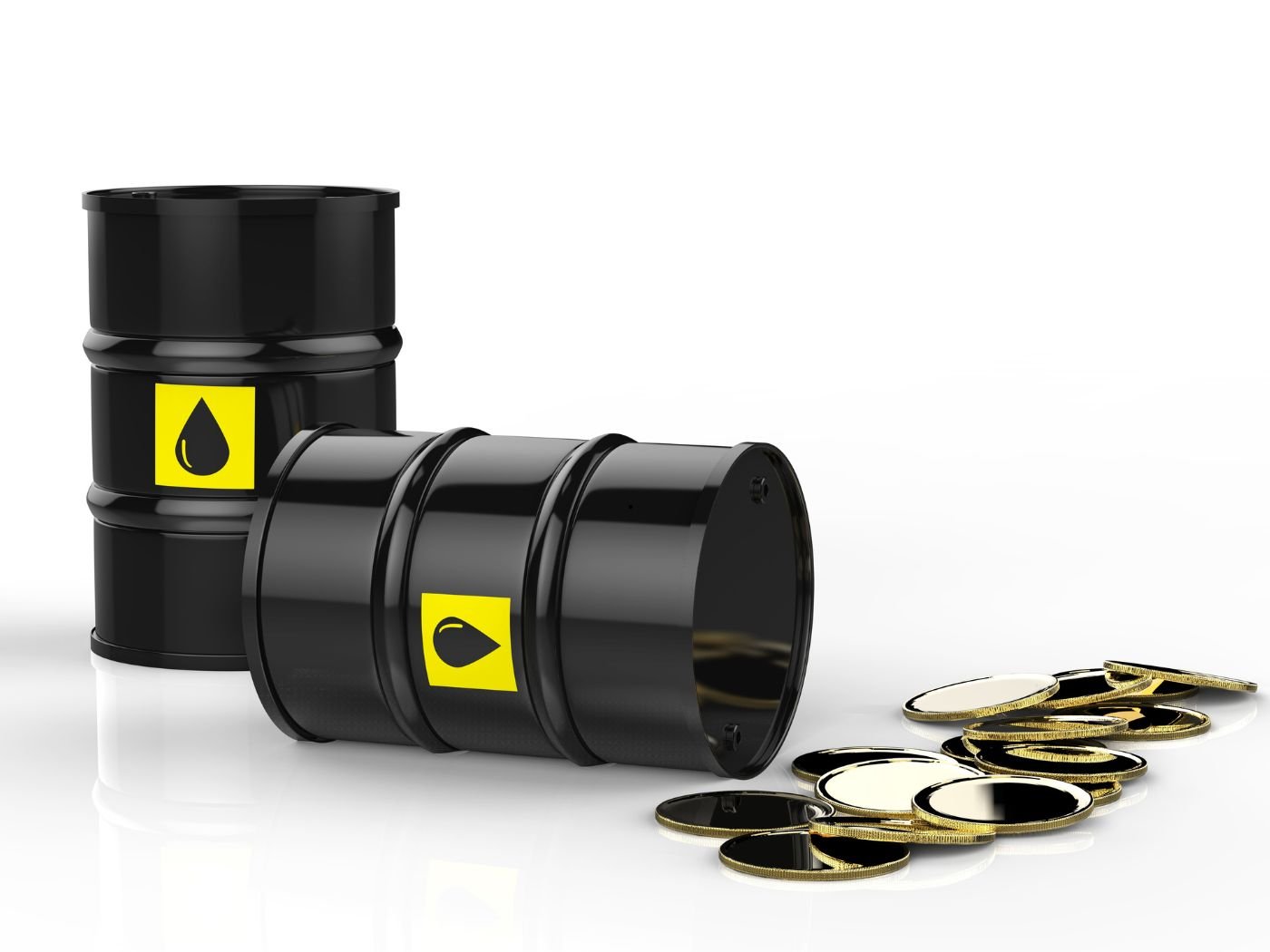Different Bitumen Grades (A Comprehensive Guide)
Bitumen is a dense, dark-colored material that is widely used in road construction. It is also known as asphalt, but these two are different in many aspects. There are many types of bitumen grades based on other systems. Penetration, viscosity, and performance are three popular bitumen testing methods to classify these items. Therefore, each grade offers unique specifications, allowing you to choose the most appropriate one.
Penetration grades (e.g., 60/70, 80/100), bitumen viscosity grades (e.g., VG 10, VG 30), and bitumen performance grades (e.g., PG 64-22) are prevalent in road construction engineering.
Experts choose one based on factors like climate and temperature variations, traffic volume, pavement design, and application-specific requirements. Keep reading this blog to gain more information about different bitumen grades.
What Are Bitumen Grading Systems?
Bitumen is graded in different systems to meet various project needs. From the softer types of bitumen to sturdier ones, it is offered in three common grades based on a few specifications. According to Infinity Galaxy, penetration, performance, and viscosity are three factors generating bitumen grading systems.
Penetration Grading System
Penetration-grade bitumen is one of the most commonly used materials in different projects. This system was tested for the first time in the early 20th century. According to this system, bitumen is classified based on its penetration depth and consistency. The ideal temperature to run this test is 25 ° C. In order to measure the bitumen penetration, experts apply a needle with a 100-gram load and report its movement in deci-millimeters. For instance, bitumen penetration grade 60/70 offers 60 to 70 deci-millimeters penetration depth. High numbers indicate softer types of bitumen, and it helps experts make the best decision in road construction projects.
Common Bitumen Penetration Grades
Some bitumen penetration grades are more popular than the rest. You need to know their features and properties to choose the one that meets your needs. The following table provides you with all important information.
| Subgrade | Penetration Range | Suitable Climate | Traffic Load | Durability | Environmental Effect | Application |
| Bitumen 30/40 | 30 to 40 | Cold to moderate | Light | Fair | Moderate | Used in sealing, waterproofing, and minor road repairs. |
| Bitumen 40/50 | 40 to 50 | Moderate | Light to moderate | Good | Moderate | Used in surface dressing, tack coat, and low-traffic roads. |
| Bitumen 50/70 | 50 to 70 | Moderate to hot | Moderate to heavy | Good | Moderate | Used in asphalt mixes, road paving, and surface dressing. |
| Bitumen 60/70 | 60 to 70 | All climates | Heavy | Excellent | Low | Used for roads; resists temperature changes from -22°C to +76°C. |
| Bitumen 80/100 | 80 to 100 | Hot to very hot | Heavy | Excellent | Low | Used in heavy-duty pavements, airport runways, and industrial flooring. |
| Bitumen 100/120 | 100 to 120 | Very hot | Very heavy | Excellent | Low | Used in high-stress areas like intersections, truck parking lots, and high-traffic zones. |
Viscosity Grading System
In the 1970s, experts measured bitumen’s viscosity to define a new classification. It is also known as paving-grade bitumen and is widely used in road construction projects. The viscosity test is done and estimated at two temperatures of 60 ° C and 135 ° C. The first test determines how much the bitumen can resist in hot climates. On the other hand, the second one indicates the bitumen behavior to use in a hot asphalt mix. Generally speaking, viscosity is a factor that shows bitumen suitability both at low and high temperatures. It gives you adequate knowledge to choose the best type of bitumen based on the climate condition.
Common Bitumen Viscosity Grades
There are four common viscosity subgrades for bitumen. These classifications are primarily used in road construction projects and offer different advantages.
| Subgrade | Consistency | Temperature Sensitivity | Adhesiveness | Durability | Application |
| VG 10 | Soft | The most sensitive | Good adhesion to aggregates | The least durable | Used in surface dressing, light traffic roads. |
| VG 20 | Slightly hard | – | – | – | Used in lightly trafficked roads, priming. |
| VG 30 | Hard | – | – | – | Used in medium traffic roads, tack coat. |
| VG 40 | Hardest | The least sensitive | Excellent adhesion to aggregates | The most durable | Used in heavy traffic roads, asphalt mixes. |
Performance Grading System
It is focused on the performance characteristics of bitumen materials. Experts at FasterCapital explain that it was introduced about 20 years after the viscosity grading system and is now considered the newest classification method. This test is more comprehensive and assesses many different factors in the bitumen at once. In order to run the performance testing, professionals expose the bitumen to the average maximum and minimum temperatures for a week. An excellent bitumen should be able to endure the highest to lowest temperatures, which is measured by the performance grading system. From 46 to 82 ° C for high temperatures and -46 to -10 ° C for low ones are determined to give the bitumen a maximum and a minimum number. These measurements help experts to choose the right type of bitumen and prevent problems like cracking and rutting. Moreover, this test should be repeated every 5 to 10 years to keep data reliable.
Common Bitumen Performance Grades
There are four major types of bitumen performance grades. It is essential to know their properties and choose the best one that is aligned with your requirements.
| Subgrade | Suitable Climate | Cracking Resistance | Rutting Resistance | Application |
| PG 58-XX | Cold climates | Good | Moderate | Used in Freezing/thawing regions. |
| PG 64-XX | Moderate climates | Good | Good | Used in different road projects. |
| PG 70-XX | Warmer climates | Excellent | Excellent | Used in high-traffic areas and heavy-duty pavements. |
| PG 76-XX | Very hot climates | Excellent | Superior | Used in extreme climates. |
How to Select the Best Bitumen Grade?
Many factors influence your decision. Bitumen specifications are different in each offered subgrade, and you need to assess these factors to make the wisest choice.
Climate Changes
First, you need enough data about the project location. Temperature variations significantly impact the bitumen. Therefore, it is necessary to choose a grade that is matched with these climate changes.
- Cold Areas: Softer subgrades of bitumen are recommended in cold climates, such as PG 58-XX.
- Moderate Areas: Balanced options offer flexibility and toughness in moderate climates such as PG 64-XX.
- Hot Areas: In warmer climates, you should go for harder bitumen options like PG 70-XX.
Traffic Load
If you are in charge of a road construction project, you need to consider traffic volume. It is a critical factor to consider before choosing a bitumen grade.
- Heavy Traffic Places: Such areas require a durable selection, such as PG 70-XX or PG 76-XX.
- Light Traffic Places: You can go for softer options in low-traffic areas like VG 10 or VG 20.
Pavement Design
The thicker the pavement is, the harder the bitumen you can choose. On the other hand, soft grades of bitumen are suitable for surface layers.
Why Choose Yasmin Trading As Your Partner?
Here at Yasmin Trading, our professionals are dedicated to delivering the best outcomes. Our services only use the highest quality of bitumen to guarantee a maximum lifespan. We are one of the top-tier bitumen suppliers in the UAE, and you can contact us for a free consultation. Our experts help you make the best decision, and we discuss the most beneficial bitumen solutions!
Sources:
- https://infinitygalaxy.org/bitumen-different-types-and-grades/
- https://fastercapital.com/topics/bitumen-grades-and-specifications.html
- https://www.petronaftco.com/different-grades-of-bitumen
- https://www.linkedin.com/pulse/bitumen-grades-masoud-esfandiari-u3hbf/
- https://www.bituchem.com/knowledge-hub/how-is-bitumen-graded/
- https://thepetrosolutions.com/bitumen-grades-uses-road-construction/












Leave a Reply